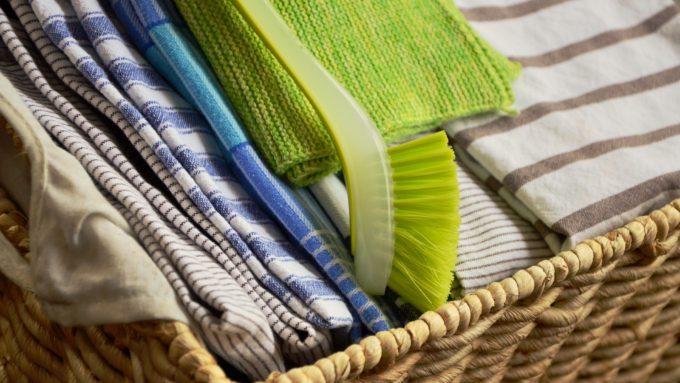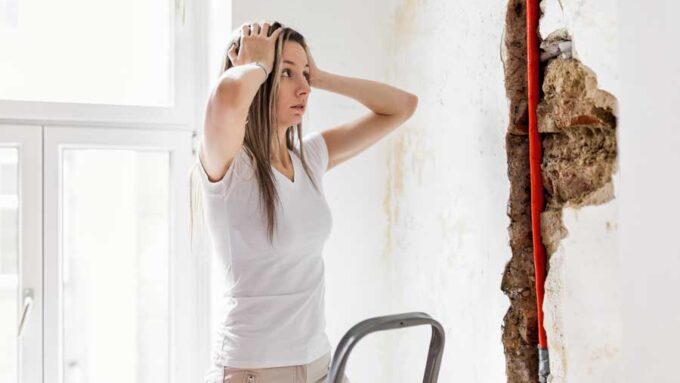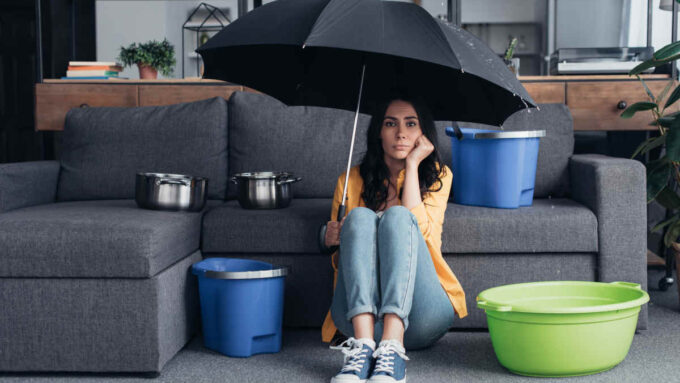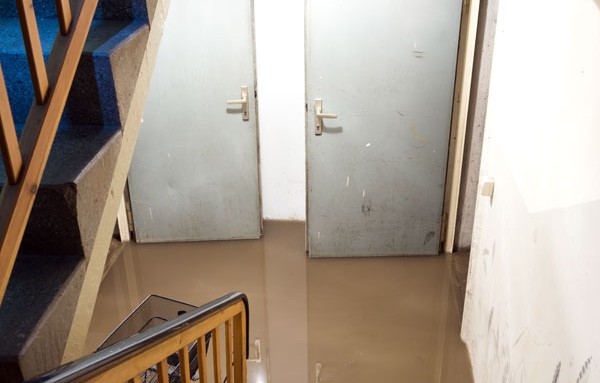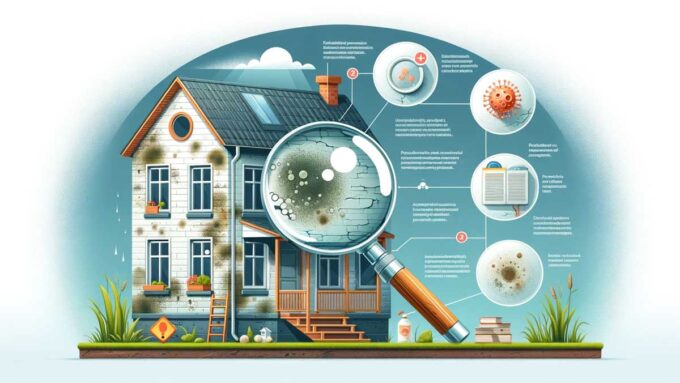Mold is an organism that is capable of growing indoors as well as outdoors. It is part of our environment, everywhere and anywhere we happen to go. For mold to grow, it requires a porous material for food, oxygen, moisture, warmth, darkness, and time for it to be left alone.
Mold found in indoor environments, however, is not a serious issue until the home is humid or has a lot of moisture. When mold starts to appear in a certain place, it will start growing and feeding on porous materials in the home, such as wood, drywall, carpets, and padding. Once it grows, mold becomes damaging to the home’s structure and dangerous to live with.
How to Grow Mold in Your Home: Avoid These Situations
Here are some of the most common reasons mold appears in the home, even though you may think your living situation is adequate.
Leaky Pipes
You might have a water problem in your drywall. When there is water dripping somewhere inside your wall, it creates an enclosed dark, porous environment with lots of moisture for mold to grow in. Water leaks can either be major or minor, and you won’t be able to hear water running in most instances, so it often takes a while to notice your wall growing mold. In such a situation, people generally discover the mold because they smell it.
Leaky Roofs
If you notice mold growing from the ceiling of your home, you might have a leak in your roof. When it rains, and your roof has a weak point, the water will get inside your home and into your attic or insulation. Over time, this area will become humid and an excellent spot for mold to grow. To prevent mold from growing on your ceiling, have regular maintenance done on your roof and, if damaged, be sure that your roof is repaired right away.
Wet Clothing
If you leave clothes wet for a long period of time without drying them, you can grow mold on not only the clothes, but other materials it touches. If damp or wet clothes are cast aside and left unwashed, you will notice that mold will start to appear. To keep this from happening with your clothes, do not let dirty clothes pile up for long lengths of time and make sure to dry clothes quickly after washing.
Lack of Ventilation
A home with poor ventilation collects the moist air that mold thrives in. As water evaporates, it must exit your home through an open window, door, or vent to outside to maintain a certain level of humidity in the home. Open your windows on a regular basis.

